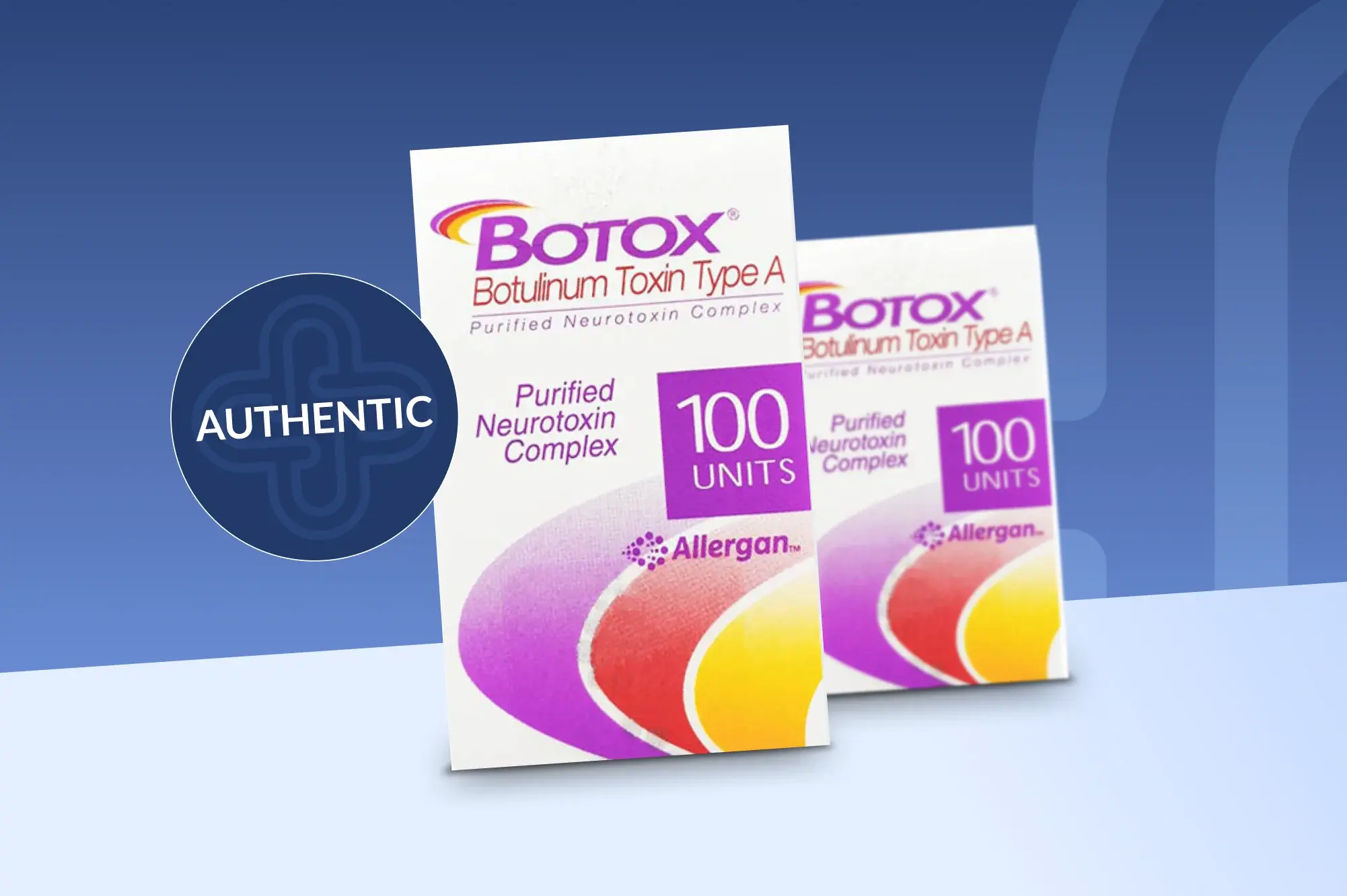
Medica Depot’s Guide for Recognizing Fake BOTOX®
The FDA has recently alerted healthcare professionals in the US about counterfeit cosmetic and medical products, namely the botulinum toxin brand BOTOX®.

Fortelis vs Juvederm: Similarities and Differences Explained
Each year, more and more soft tissue filler formulations are coming to market, each catering to the ever-increasing demand.
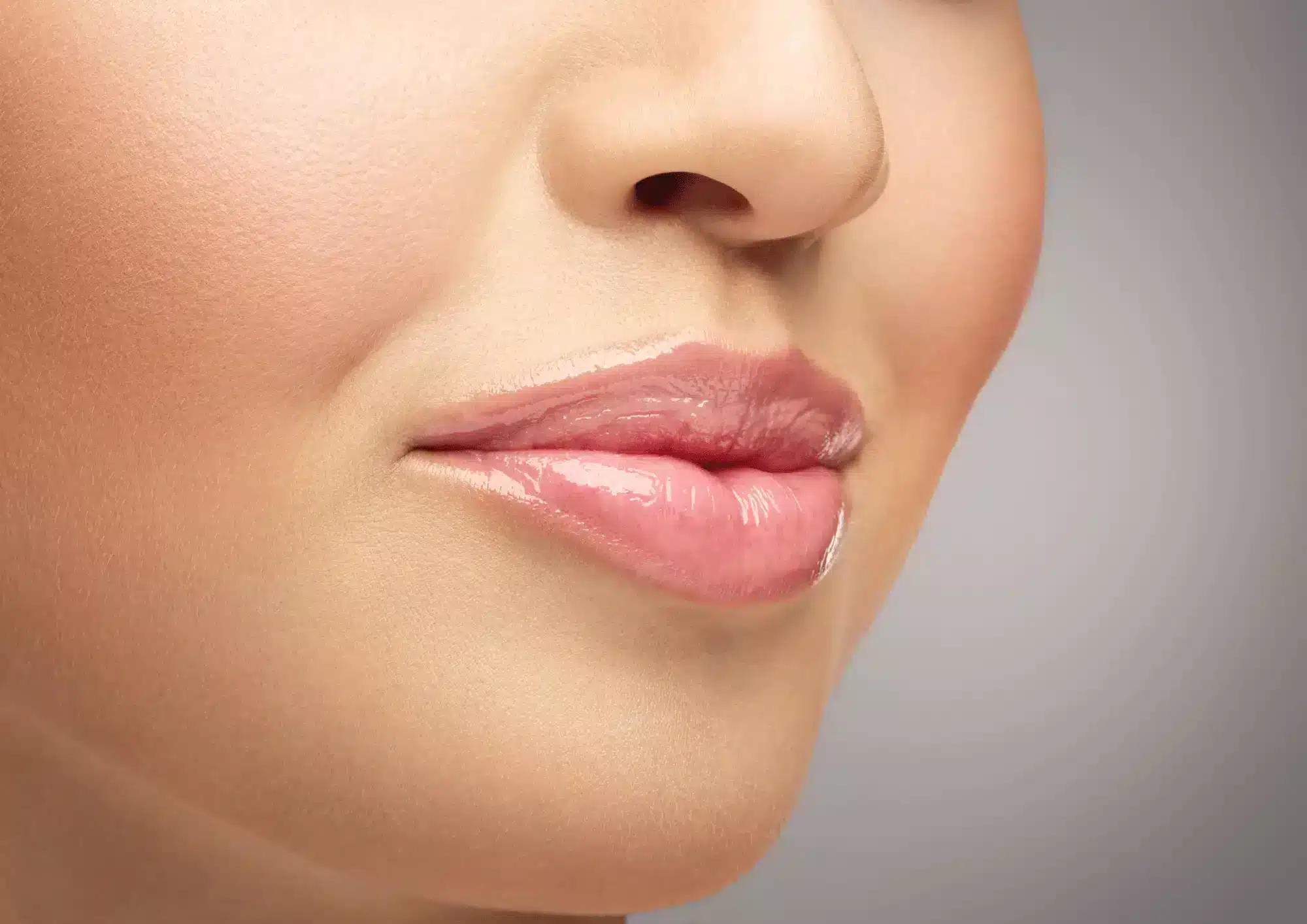
Volbella vs Juvederm: Better Product to Treat Your Lips
Juvederm Volbella, a dermal filler product in the Juvederm family, is a filler that is manufactured using cutting-edge Vycross Technology.

Restylane for Lips: Professional Tips
With the advent of cosmetic injectables, lip augmentation has become the leading aesthetic enhancement procedure that uses dermal fillers.

The Differences between Radiesse and Restylane
The cosmetic injectable industry is enjoying massive growth in recent times due to increasing demand for minimally invasive aesthetic procedures like botulinum toxin and soft tissue augmentation treatments.

Best Dermal Fillers- Cost, Benefits and More!
In the ever-evolving field of cosmetic medicine, dermal fillers have emerged as game-changers, revolutionizing how we approach facial rejuvenation and volume restoration.

Is Juvederm Better Than Restylane For Nasolabial Folds?
Experienced doctors know that patients need tailored treatment plans.
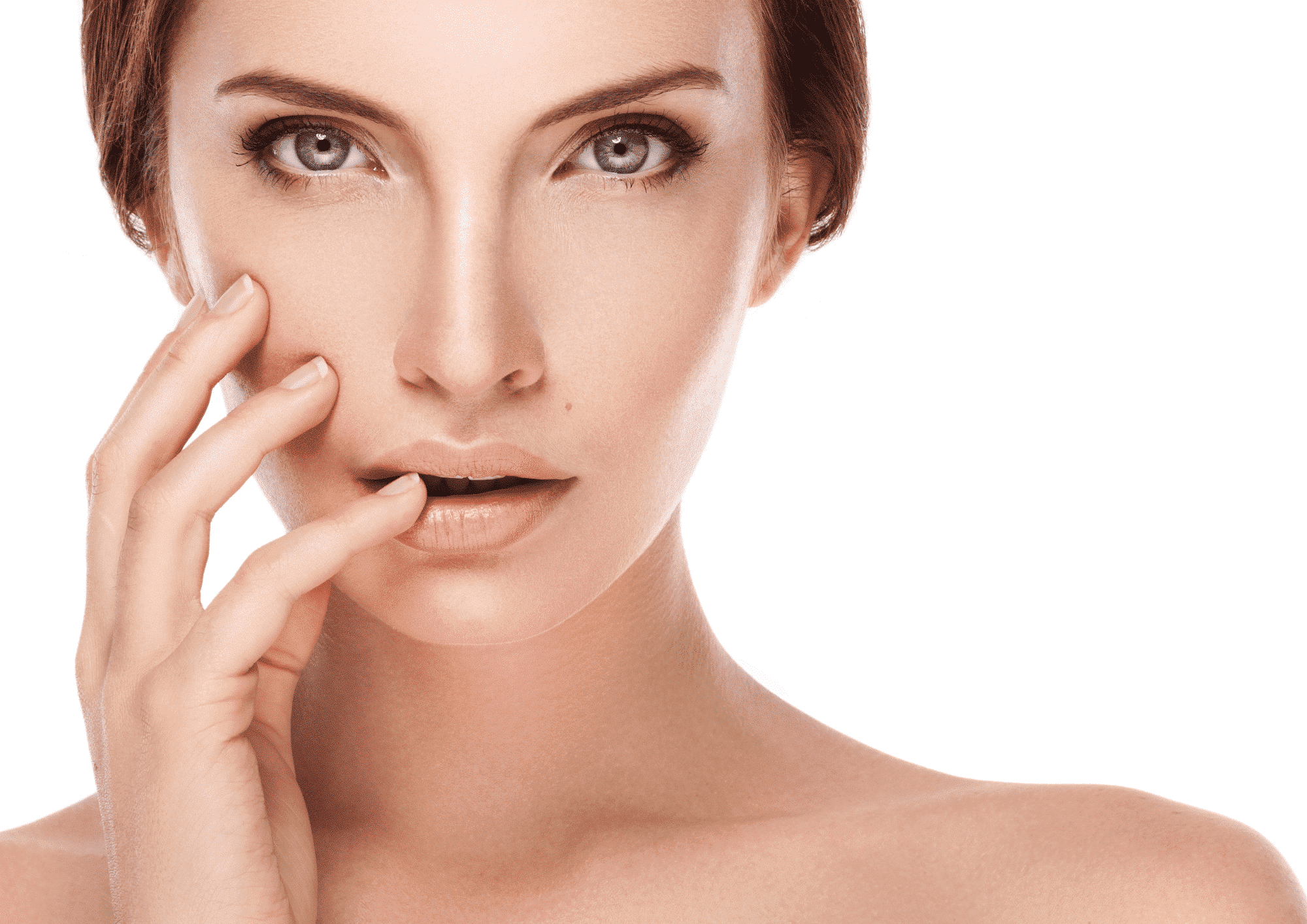
What Causes Fine Lines and How Do You Get Rid of Them?
When it comes to fine lines and wrinkles, there are many different potential causes.
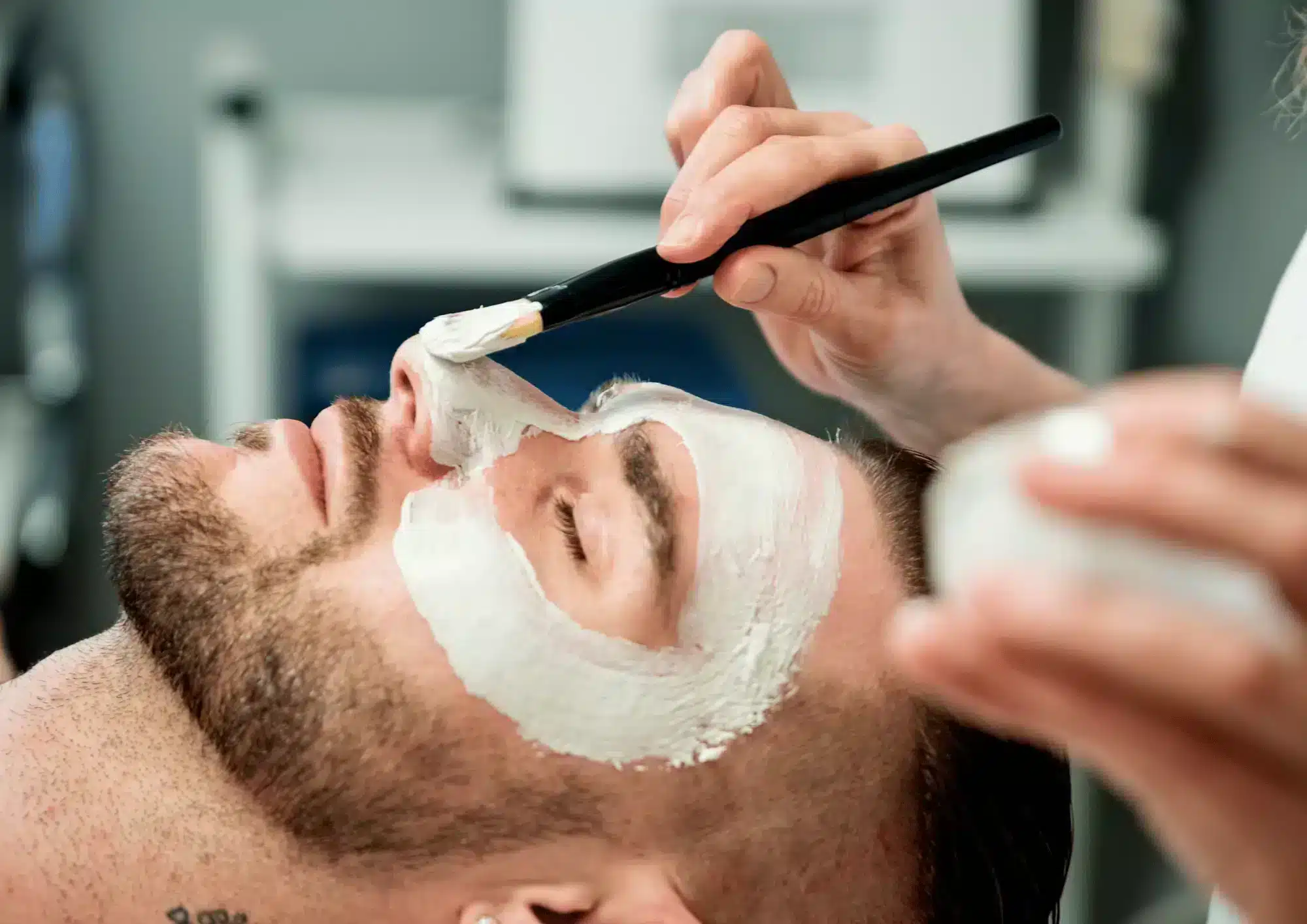
Retinol Tolerance: What You Need to Know | Medica Depot
Retinoids are found in the skincare routines of many, as these are the second-best methods for preventing aging, right after sunscreen. Comprising vitamin A and its derivatives, retinoids work by binding to nuclear receptors and modulating the expression of genes that regulate cell differentiation and proliferation.
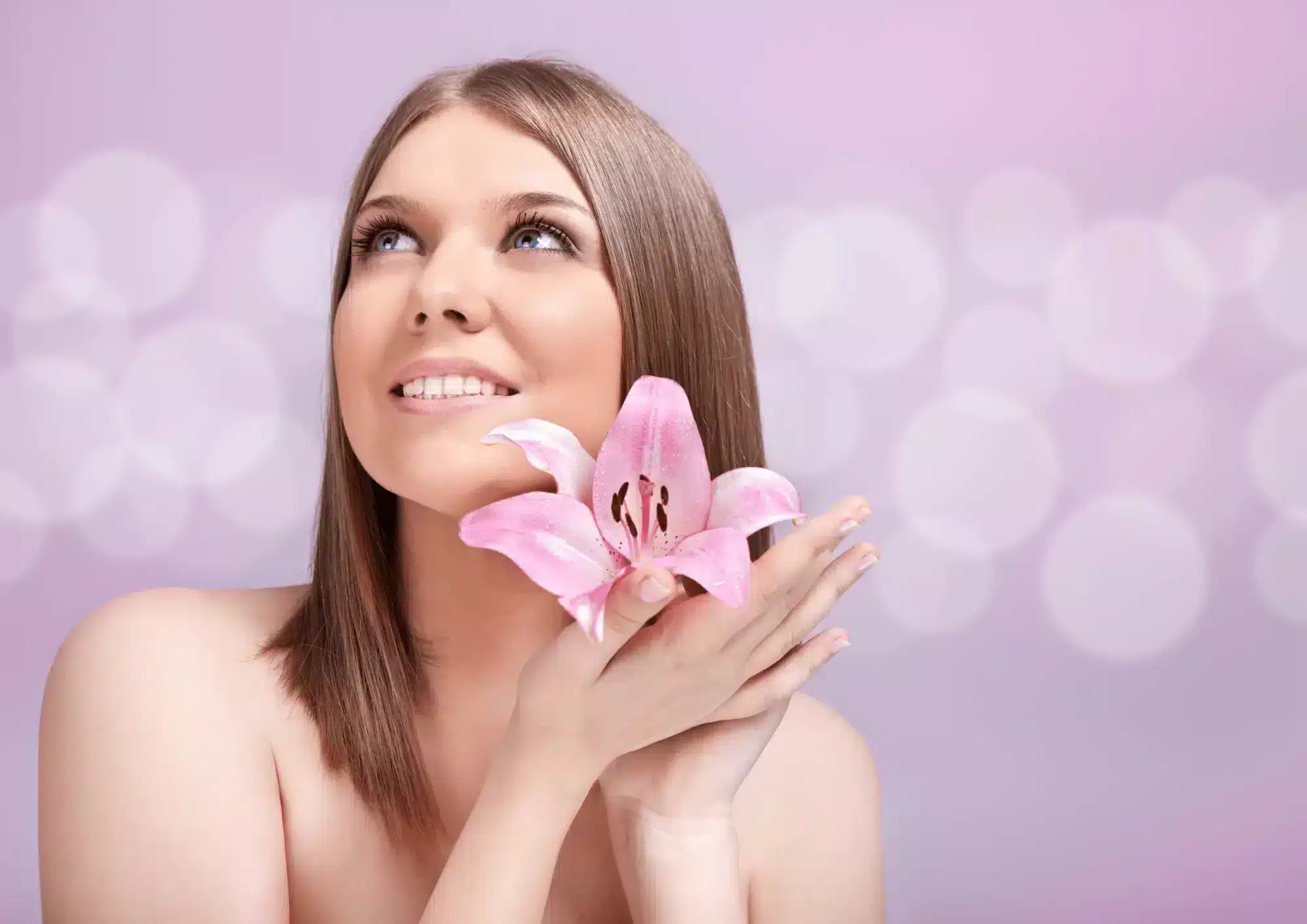
Juvéderm Voluma: Cost, Results, & Side Effects
Juvéderm Voluma XC, also recognized simply as Voluma, distinguishes itself by being a highly sought-after dermal filler offering in the comprehensive Juvederm product lineup.

Are Botox and Dysport Vegan? What About Juvederm?
As the popularity of the vegan lifestyle and of minimally invasive cosmetic treatments grows, it can only lead to one thing: more patient inquiries regarding vegan-friendly cosmetic injections.

Botox for Incontinence: Complete Guide
The loss of bladder control is a common condition, especially in women.